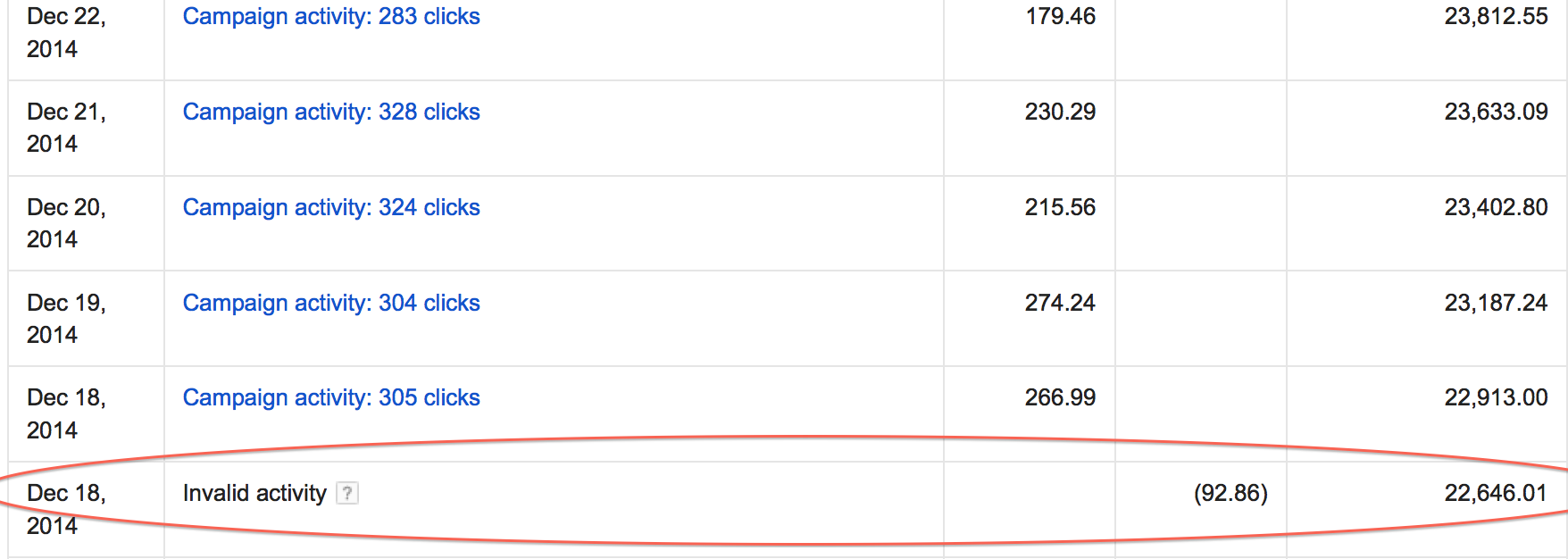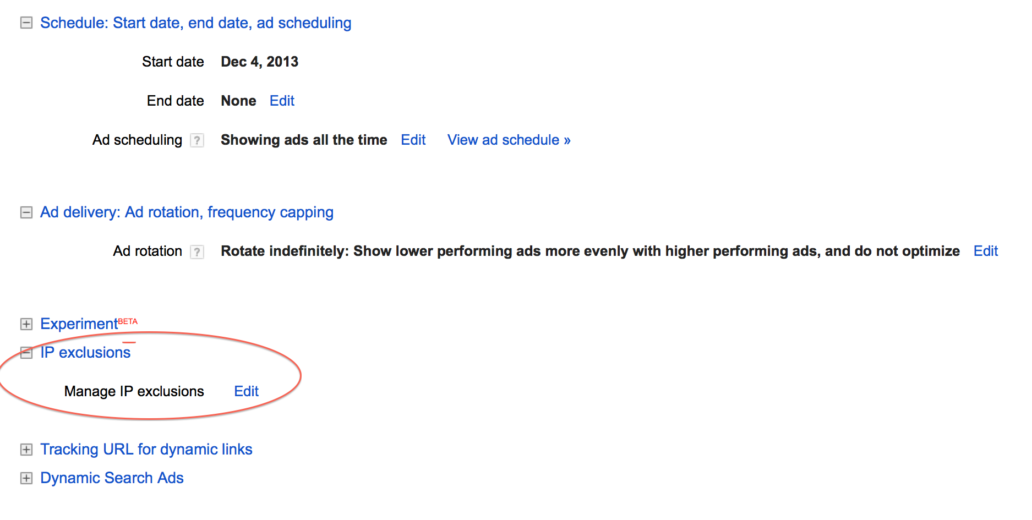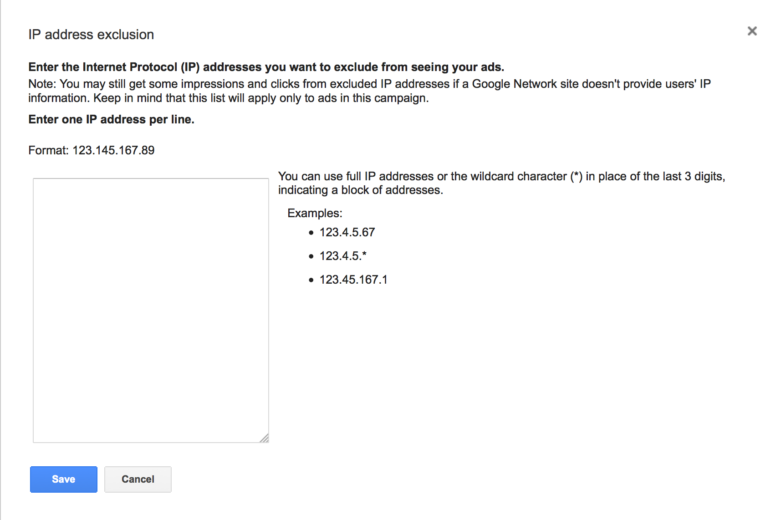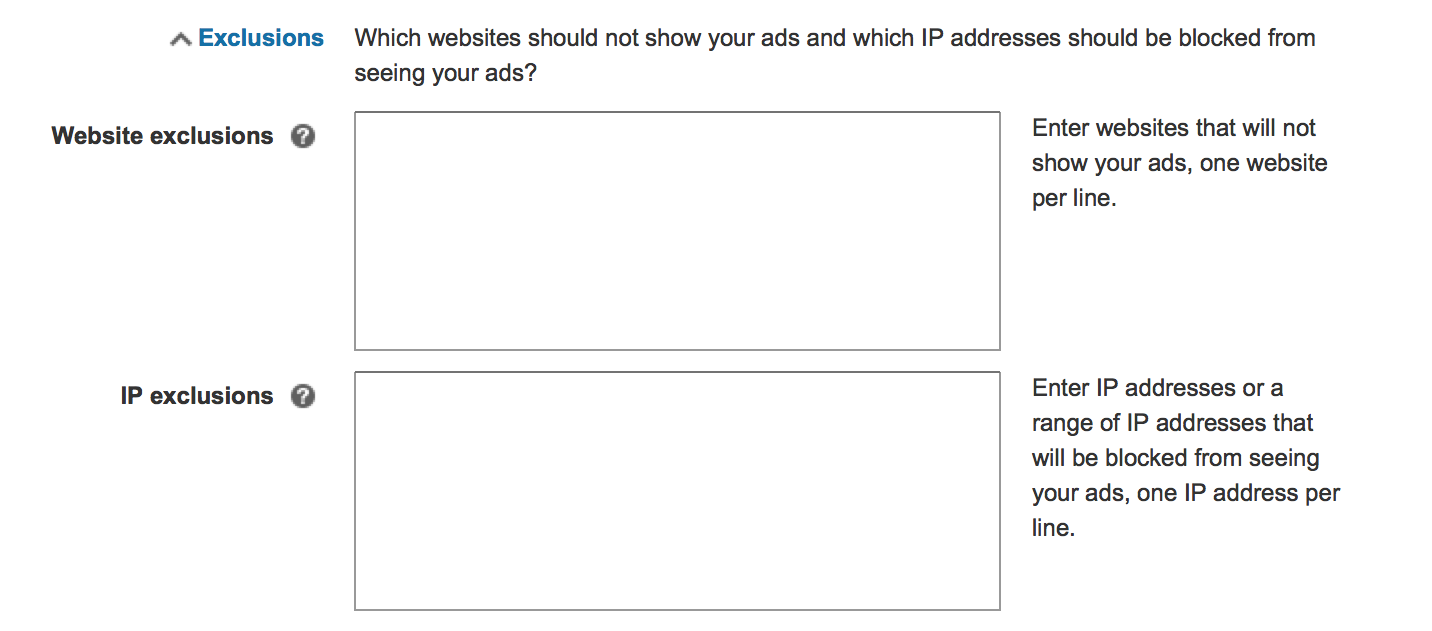Click and conversion fraud is one of the most frustrating things to deal with when managing a paid search account. You methodically plan strategy, execute it flawlessly, and the traffic and conversions start rolling in. Everything is going according to plan and life is pretty good.
Then the other shoe drops. Traffic starts to spike, spend is rising sharply, and no conversions to boot. Adding insult to injury, reports come in that the conversions you are receiving are actually fake leads. At this point, it’s clear the click fraud bug has bitten you.
Click and conversion fraud in AdWords and Bing does exist and affects many accounts in negative ways. Let’s get to work defining click and conversion fraud and most importantly how we can fight back.
What Is Click Fraud?
Click fraud is simply either a person or automated system clicking on ads over and over again for the sole purpose of running up spend and draining budget. Shady competitors use this practice to run you out of the marketplace. Shady publishers commit click fraud to pad their AdSense revenue. Advertisers on rare occasions may commit fraud on their own ads to artificially drive up click thru rate and enhance their keyword’s quality score.
How Does Google and Bing Fight Click Fraud?
Both Google and Bing fight click fraud on your behalf by using a combination of automated and manual systems to identify and filter out fraudulent traffic before it can cause spend and budgeting issues. Listed below are some of the key methods used by Google and Bing to prevent click fraud.
Google:
- Automated Filters: An automated algorithm monitors every click coming into the AdWords system and removes those clicks before those clicks are charged to your account.
- Manual Analysis of Clicks: Automated filters catch most click fraud but not all. Google’s Ad Traffic Quality Team will conduct additional manual analysis to further identify suspicious clicks the filters did not catch and removes them before advertisers get charged.
- Investigations: Upon advertiser request, Google will launch investigations into suspicious activity. This happens very rarely but on occasion, these investigations will uncover click fraud.
 Example of Google crediting advertisers for fraudulent clicks.
Example of Google crediting advertisers for fraudulent clicks.
Bing:
- Uses a click filtration system similar to Google that identifies and automatically removes fraudulent clicks.
- Proactively removes offending sites that commit click fraud and employs their own IP blocking technologies.
- Employs a team of engineers and click fraud investigators that proactively monitors and upgrades the filtration systems and launches independent click fraud investigations when requested by advertisers.
How Can You Fight Click Fraud?
Most of the time, the combination of automated filtering tools and manual analysis prevents most accounts from receiving and being charged for fraudulent clicks. However, in addition to the standard AdWords and Bing click fraud tools, they provide the ability to block IP addresses on your own.
Step-by-step instructions with visual aids for blocking IP addresses in both Google Adwords and BingAds are provided below.
Blocking IP Addresses in Google:
- Click the ‘settings’ tab
- Scroll down to bottom of screen and click ‘IP exclusions’
- Click ‘edit’
- Enter in one IP address per line. IP addresses must be static in order for an address to be excluded.
- Click save
Blocking IP Addresses in Bing:
- Click the ‘settings’ tab
- Scroll down to bottom of screen to ‘Advanced Settings’.
- Click ‘exclusions
- Enter in websites you want to exclude in the ‘website exclusions’ field and IP addresses you want to exclude in the ‘IP exclusions’ field.
Additionally, Bing provides the ability to block websites at the ad group level and if you choose, the entire search partner network from campaigns. This provides an additional layer of exclusion not available in Google Adwords.
Conversion Fraud
Conversion fraud is a variation of click fraud that poses serious problems. Conversion fraud is harder to detect than straight click fraud because traffic patterns are completely normal. Those committing conversion fraud don’t want to attract attention by having click volume appear out of the ordinary. Conversion fraudsters want to fly ‘under the radar’ so they can commit their fraudulent conversion activities without being tracked back to a specific website or IP address and excluded.
Two places where conversion fraud commonly occurs are in the Bing Search Partner network and the GDN (Google Display Network). I have personally been a victim of click and conversion fraud from both of these networks.
My first instance of conversion fraud occurred from Bing Search Partner traffic. I worked for an education company and we we’re in need of more traffic. We opted into the Search Partner network to drive more traffic and to our amazement conversion rates were very strong. All was going well until we found out that the thousands of leads we were generating turned out to be fake. We had over 3,000 leads with the same address and telephone number. Fortunately, we we’re able to get refunded as the Bing team found most of the conversions were generated off the same IP address.
Google, on the other hand is more difficult to deal with when it comes to conversion fraud. Another client of mine was advertising on the GDN and was receiving leads from overseas even though their traffic was geo targeted to the United States. When I tried to ask for a refund, they told me the traffic was legitimate because the IP addresses were from the United States and there was nothing they could do in terms of a refund.
The moral of this story: There’s going to be conversion fraud and we won’t be able to eliminate it completely. However, we can minimize it by performing small GDN and Bing Search Partner network tests then scale it based on the legitimacy of the traffic. This is particularly important when dealing with GDN because Google is less apt than Bing to refund costs accrued as a result of fake conversions.
Final Thoughts
Click and conversion fraud can be very frustrating to deal with, but for the most part search engines have robust automated and manual systems in place to combat it. Make good use of your IP exclusions and there shouldn’t be any reason why click fraud can’t be kept to an absolute minimum in your account!






